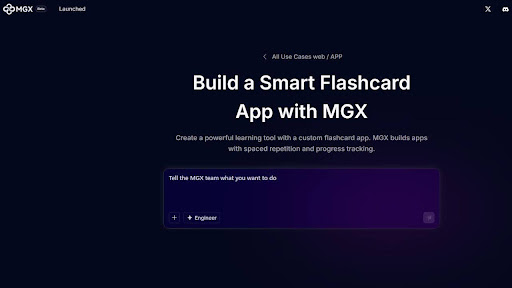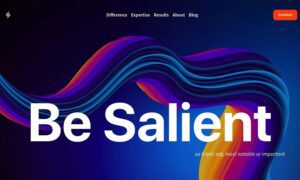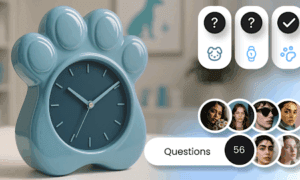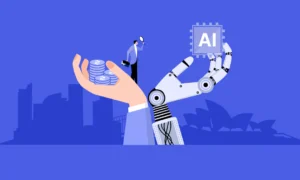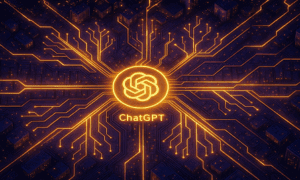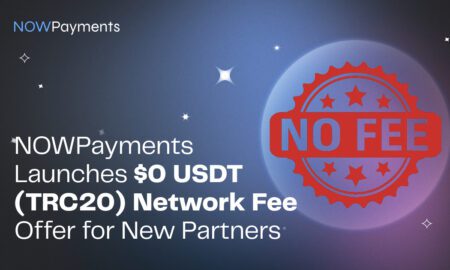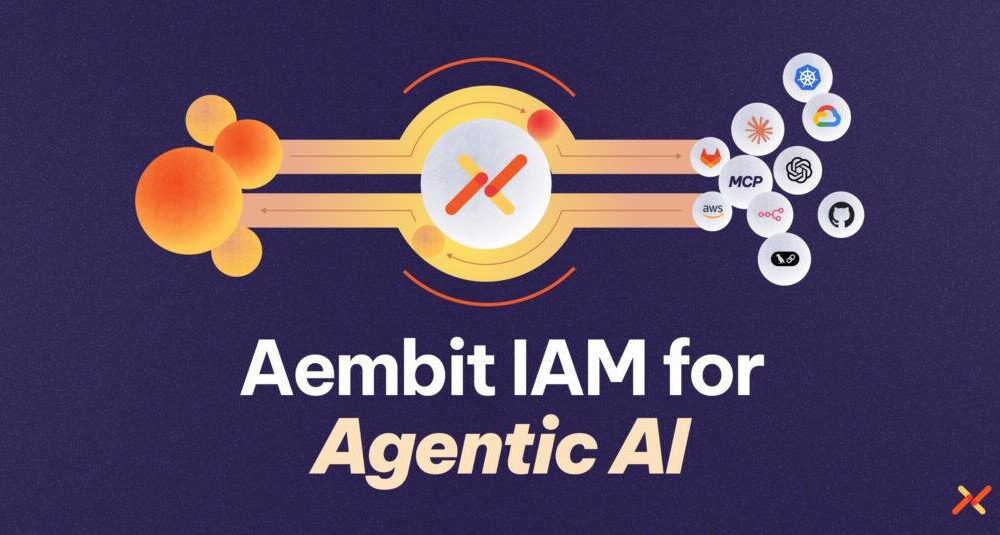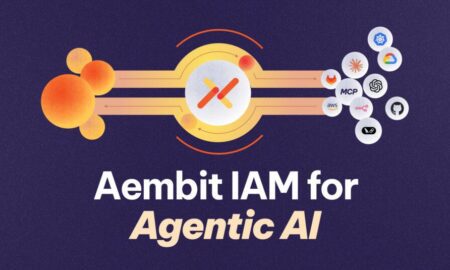The learning world is dynamic, and it requires students to have study tools that are not only efficient but also simplistic. One way to improve learning is through digital flashcards. A flashcard application allows students to review information quickly and track their progress over time. MGX, an AI-powered platform, enables the efficient creation of smart flashcard applications. By making application design, creation, and management accessible to AI agents, students and educators can utilize powerful learning tools without needing to acquire technical skills.
What Is a Smart Flashcard Application?
A smart flashcard application is a software tool that helps students study by presenting questions or terms and testing their knowledge. Unlike conventional paper flashcards, a smart flashcard application may contain text, images, and audio, and sometimes even interactive features. It is also able to monitor progress, adapt the level, and remind students to refresh information when it is most effective. The key advantage of a smart flashcard application is its ability to adapt to each learner. As an example, in case a student has difficulties with some aspects, the app can display those flashcards more often until he/she master them. This will make studying more efficient, and less time will be spent on material that the student already knows.
How Does MGX Build a Flashcard Application?
MGX is comprised of a team of AI agents that collaborate similarly to an actual development team. Every agent has a particular task to perform, including planning, designing, coding, or analyzing data. By following standardized procedures, MGX ensures that the flashcard application is both functional and user-friendly. The process starts with the definition of the structure of the flashcards, such as types of content and learning algorithms. MGX can then produce a full application to which users can create decks, study, and track mastery. Such features as sharing decks, gamification with streaks and points, and public flashcard libraries can also be added. To use the example of a language learning app, it could contain decks of vocabulary words that have pictures and audio pronunciations. MGX would compile these decks into a web-based system that would monitor a student automatically.
What Features Make MGX Flashcard Applications Effective?
Several features make a flashcard application built with MGX highly effective for learning.
-
Adaptive Learning
The application can update the flashcard review frequency, depending on the performance of the student, prioritizing weak areas.
-
Progress Tracking
Students can observe how much they have acquired and what points they need to pay more attention to.
-
Interactive Content
Flashcards are able to include pictures, audio files, and even videos in order to better understand.
-
Sharing and Collaboration
It is possible to share decks or view public libraries, so it is simpler to study with others.
-
Gamification
The points, streaks, and achievements make studying more exciting and encourage the student to maintain regular study patterns.
The features merge together to form an intelligent learning environment that is more effective and fun compared to traditional methods.
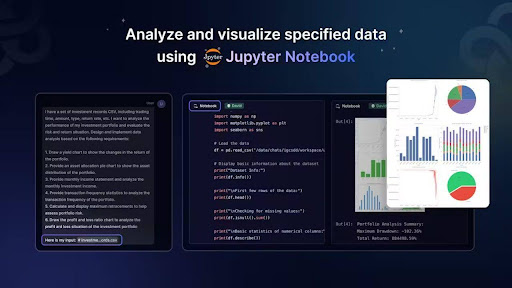
How Can Educators Use MGX Flashcard Applications?
Educators can benefit from MGX by creating custom flashcard applications tailored to their curriculum. Instructors can create decks on certain subjects/topic or exam preparation. Another thing that the AI can do is provide content organization suggestions, which make the learning process more structured. As an example, a high school science teacher may develop a flashcard application of physics formulas and chemistry reactions. The teacher could see how students are progressing automatically and be able to tell where they need some additional assistance. MGX also provides collaboration capabilities, enabling an educator to share decks with other educators or students and creating a community of learners and study materials.
How Does MGX Make Development Faster and Easier?
Traditionally, the creation of an educational app involves coding knowledge and time. MGX reduces this by having AI agents do all the technical work. Each agent is specialized in a task, e.g., designing the interface, generating backend code, or testing functionality. Live rendering offers real-time previews of flashcards, while one-click deployment makes the app ready instantly, saving weeks or months compared to traditional methods. It enables teachers, schools, and individual developers to concentrate on content rather than mastering difficult programming languages.
What Are Some Practical Examples of MGX Flashcard Applications?
-
Language Learning
A flashcard app for vocabulary, pronunciation, and grammar. Images, audio, and quizzes help students practice effectively.
-
History and Geography
Flashcards for dates, events, maps, and key figures. The app can track which topics require more review.
-
Science and Math
Interactive formulas, diagrams, and problem-solving exercises. Students can test themselves on formulas and concepts repeatedly.
-
Professional Training
Employers can develop flashcard applications for use by both new and existing employees during training and upskilling. Employees can review policies, procedures, and technical knowledge efficiently.
These examples indicate that MGX can be customized to various topics, audiences, and learning requirements.
Why Is MGX the Future of Study Tools?
MGX is the future of study tools, offering the efficiency of AI and a customizable study experience. By automating development, MGX enables the creation of high-quality flashcard applications quickly. Its smart agents make sure that apps are well organized, user-friendly, and interactive. The platform also allows continuous improvement. The AI can update the app without requiring new content or changes in learning needs. This flexibility makes study tools pertinent and efficient in the long term. MGX offers more than flashcards, featuring live rendering, one-touch deployment, status upgrades, and gamification. It creates an engaging, efficient, and personalized learning environment.
How Can Students and Educators Get Started with MGX?
Starting with MGX is simple. The first one is the definition of the learning structure and types of flashcards. Then, MGX creates the application, placing content and applying the learning algorithms of choice. Users can subsequently include interactivity, sharing, and game elements. Live rendering enables a preview of the app in real time, and a single-click deployment makes it immediately accessible for study or classroom use. Teachers and learners can use the app to continuously add, delete, and revise information as their learning needs or requirements change. An algebra math teacher may start his/her own set of flashcards with an algebra deck and then can add new decks of geometry and calculus after without having to rebuild the application.
Conclusion
Smart flashcard applications are becoming a crucial part of modern education. MGX simplifies the development, design, and deployment of such applications by entrusting the AI agents to do that task. Adaptive learning and gamification benefit students. Teachers can create and share customized materials easily with MGX, allowing focus on learning rather than coding. This qualifies MGX as an educational tool of the future with smarter, faster, and more engaging methods of study.

